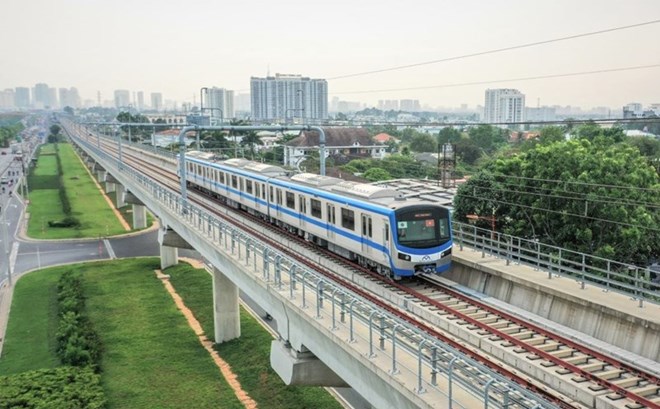
The Ho Chi Minh City Urban Railway Management Board (MAUR) has just reported to the Ho Chi Minh City People's Committee the results of a working trip to learn about urban railway development experience in China.
According to MAUR, China is the world leader with 47 urban railway systems (281 routes) with a total length of more than 9,800km, 7 times longer than the second-ranked country, the US, with nearly 1,400km.
The working group drew many lessons from China to research and advise Ho Chi Minh City to complete the Project on developing the Ho Chi Minh City urban railway system until 2035 and the work of planning and investing in developing urban railways in the city.
Regarding planning, ensure integrated planning between railway planning and urban development orientation with the principle of urban railway leading urban development (TOD model).
In terms of railway industry, China has invested heavily in the railway industry, not only developing a modern railway system domestically but also exporting related technology and services to the world. Factories producing locomotives, carriages and auxiliary equipment are equipped with advanced technology, ensuring high quality and efficiency.
China's railway supporting industry is also developing strongly, providing equipment, components and support services for the railway industry.
In terms of management model, China has large urban railway corporations that not only focus on building and operating urban railway systems but also comprehensively manage everything from design, production, maintenance to network exploitation and development.
Regarding investment finance, China has borrowed ODA to build railways for some initial projects, but it is associated with the requirement of technology transfer and localization. Then there is the stage of using capital from local budgets and borrowing from domestic banks.
In the past 10-15 years, many cities in China such as Shenzhen, Guangzhou... have maximized non-ticket revenue sources such as real estate combined with TOD development, space rental business, advertising... to ensure that revenue sources must "support" metro operations.
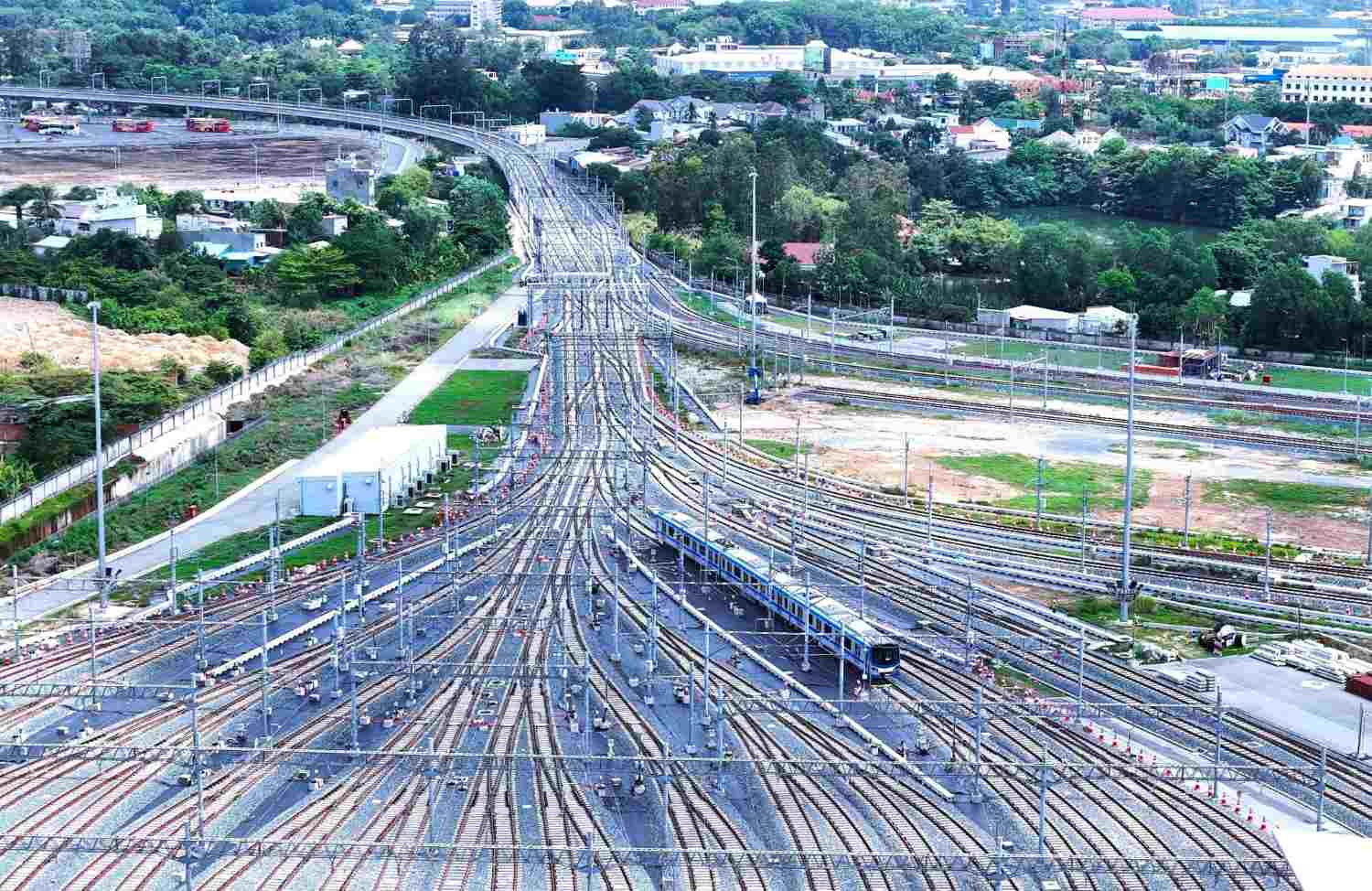
MAUR recommends that Ho Chi Minh City leaders and departments continue to organize delegations to survey and learn from urban railway development experiences in China, especially cities with similar scale and characteristics to Ho Chi Minh City.
At the same time, the policy was approved to allow Guangzhou Metro Group (China) to coordinate with the Department of Planning and Architecture, Department of Transport, Urban Railway Management Board and relevant agencies to conduct a pilot study to develop a sequence of work to develop urban areas according to the TOD model combined with land exploitation and revenue generation at a Metro station in Ho Chi Minh City.
According to the plan, Ho Chi Minh City has 8 metro lines and 3 tram lines or monorails with a total length of 220km.
Ho Chi Minh City has just deployed two lines, including Metro Line 1 (Ben Thanh - Suoi Tien) nearly 20km long and Line 2 (Ben Thanh - Tham Luong) more than 11km long. Of which, Metro Line 1 after 17 years of approval, 12 years of construction, is now just about to be completed. Line 2 has also been delayed many times, expected to be completed by 2030.
Currently, the Department of Planning and Architecture is completing the project documents for adjusting the general planning of Ho Chi Minh City to 2040, with a vision to 2060.
Accordingly, it is proposed to develop 8 radial urban railway lines, 1 suburban railway branch (extending urban railway line No. 2 towards the Northwest Cu Chi urban area), 2 urban railway belt lines and 1 line along the East-West Avenue and Saigon River. The total length of the urban railway network in Ho Chi Minh City is expected to increase to about 558.7km.
Source: https://laodong.vn/xa-hoi/tphcm-hoc-kinh-nghiem-cua-trung-quoc-de-lam-hon-500km-metro-1357636.ldo














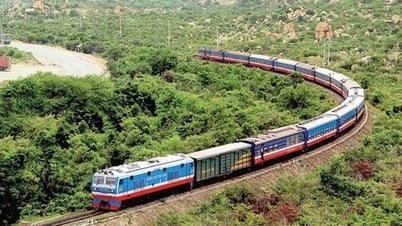

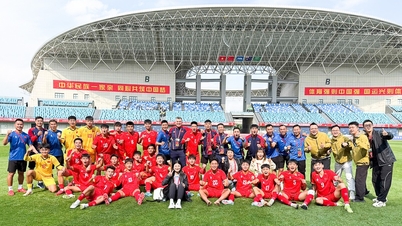








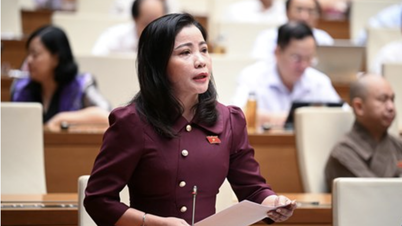
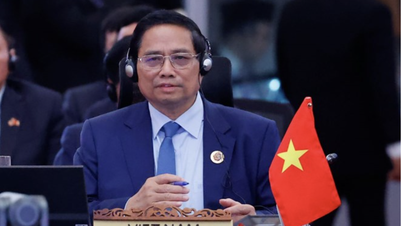









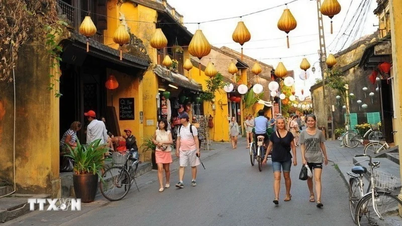

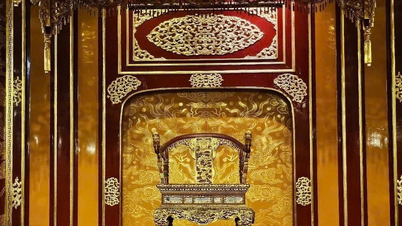















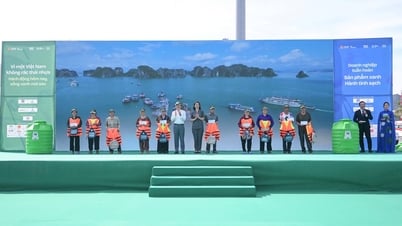
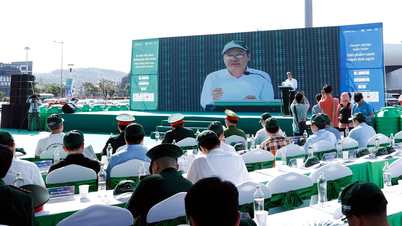
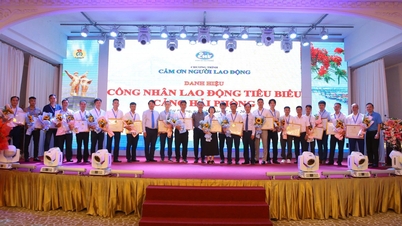













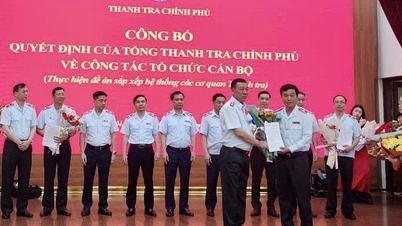

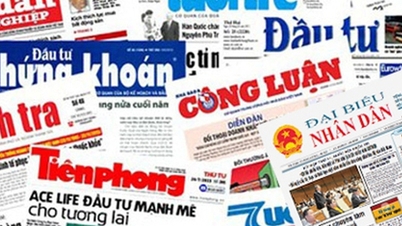
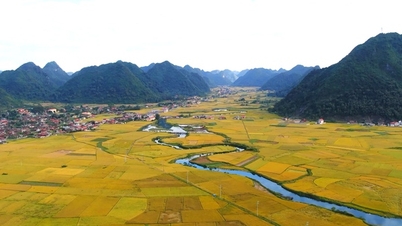
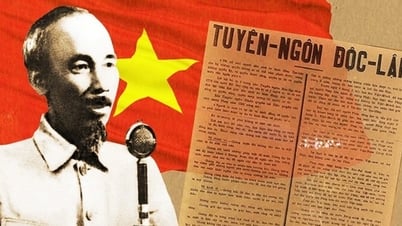
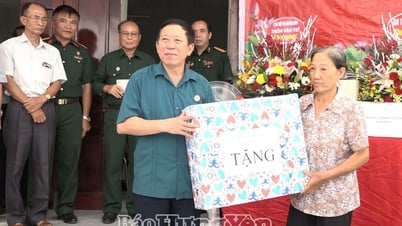

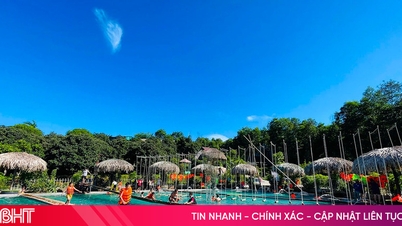

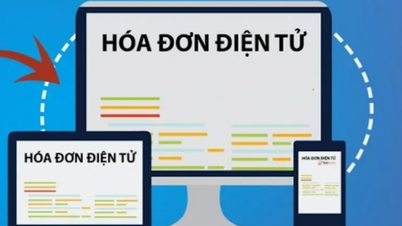

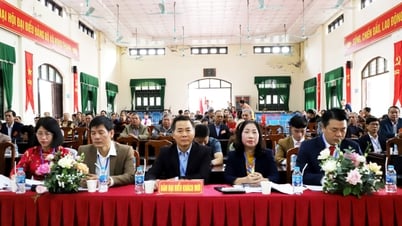
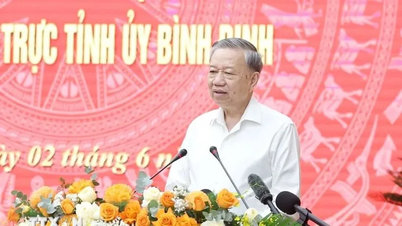
















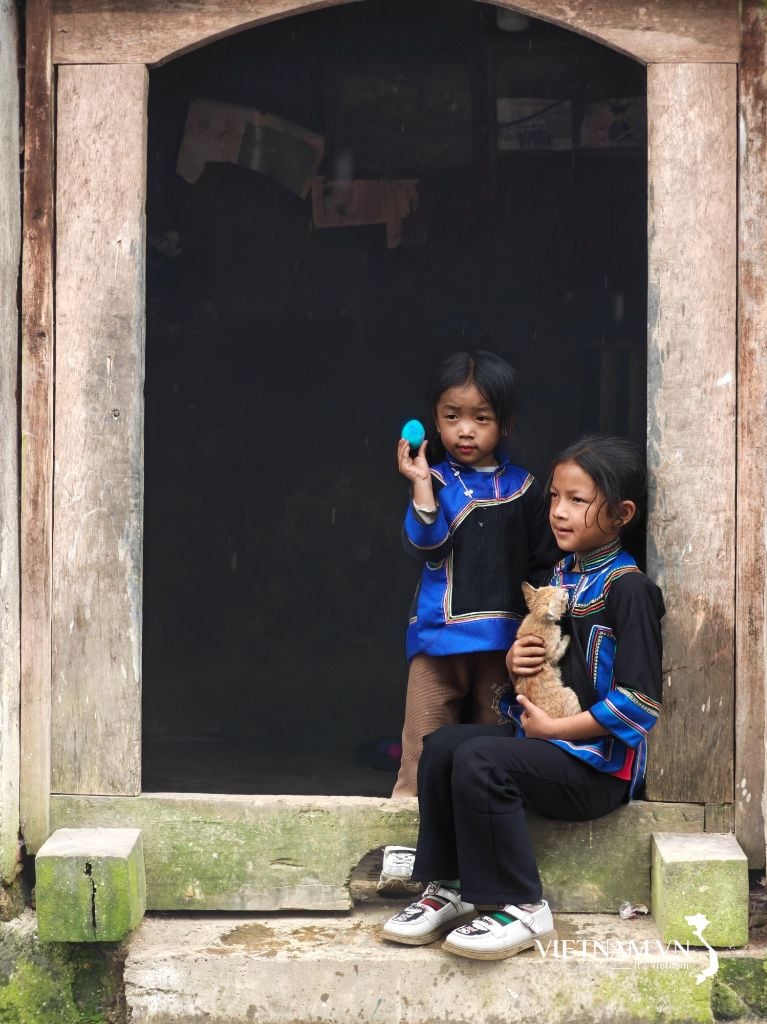
Comment (0)